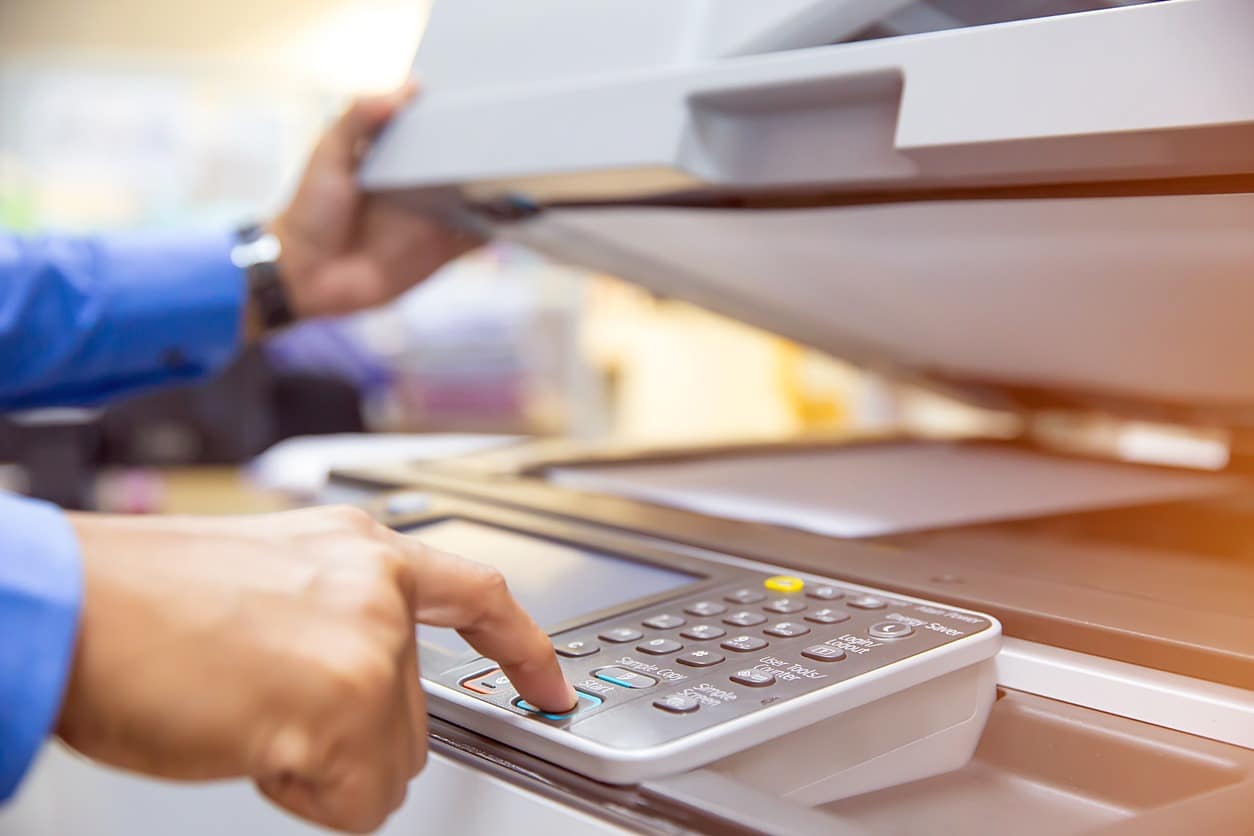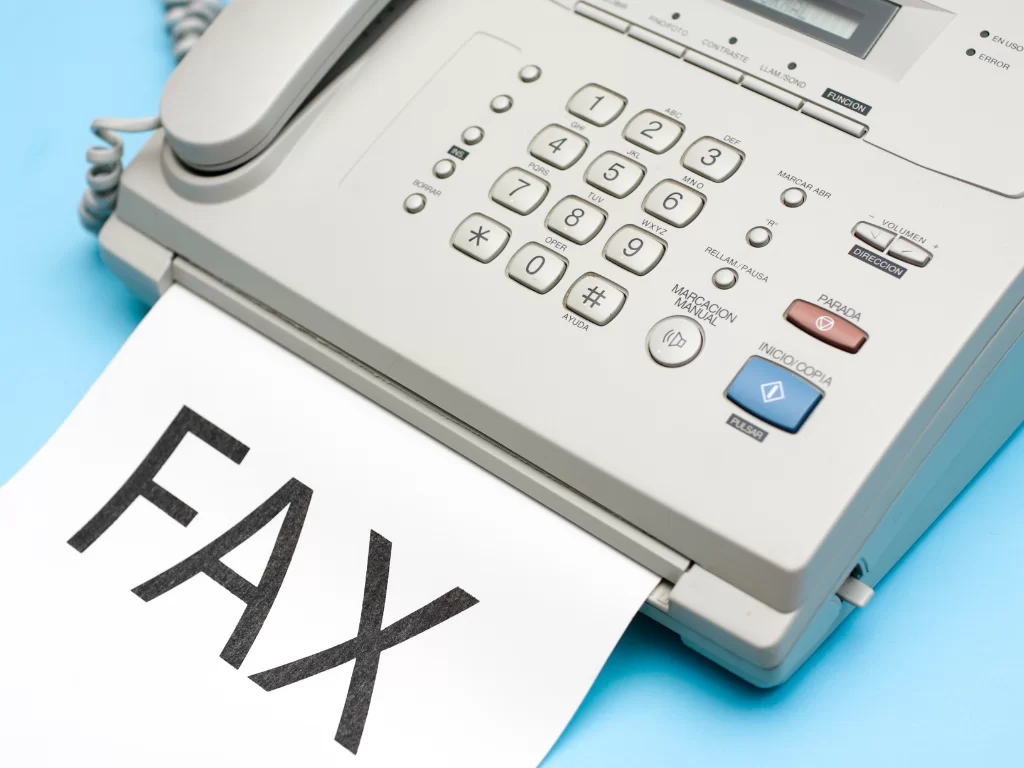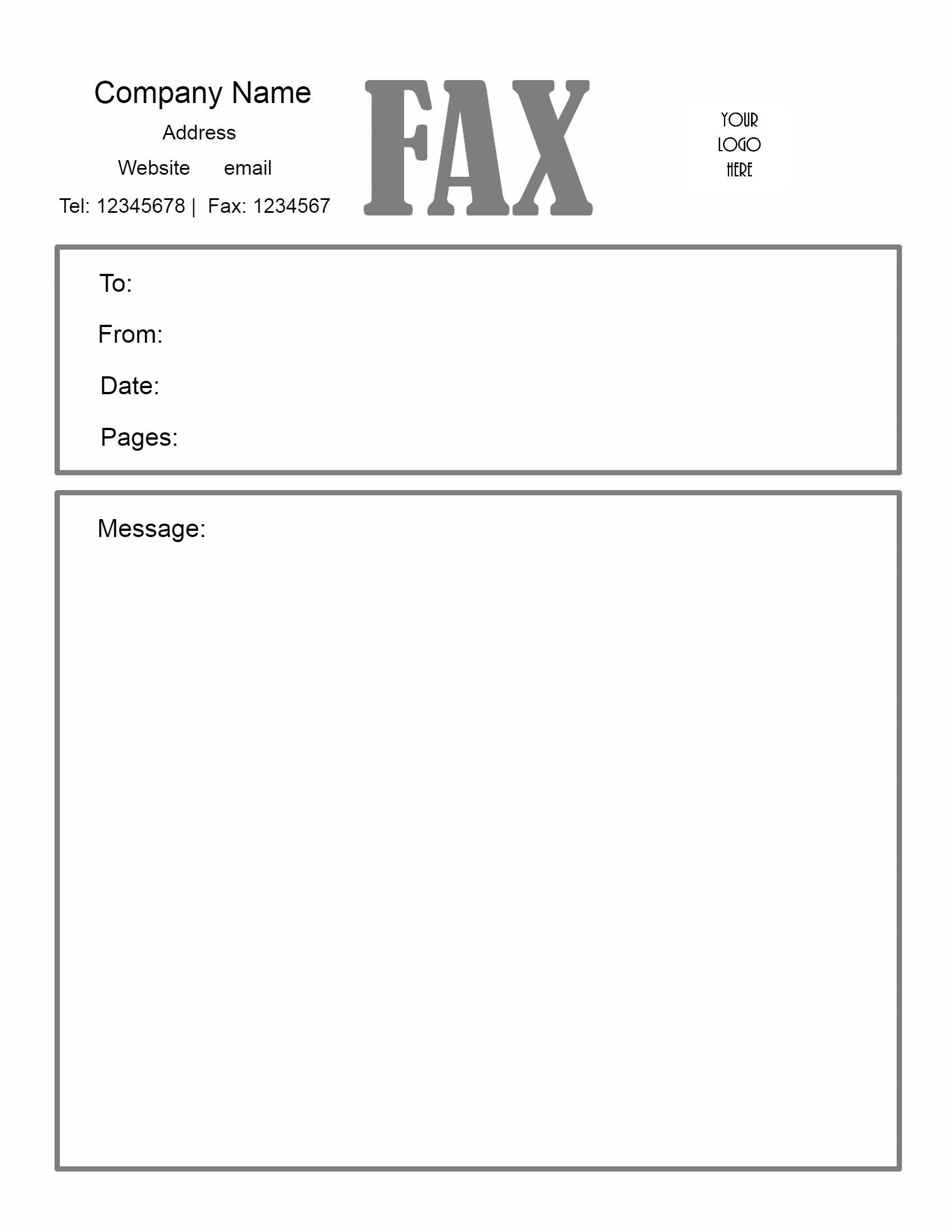5 Modern Alternatives to Faxing Paperwork

Fax Machines - A Brief Overview

Before we delve into the modern alternatives to faxing, it’s essential to look back at the device that has become an icon of office communication: the fax machine. Fax, short for facsimile, involves transmitting scanned printed material (both text and images) to a telephone number connected to a printer or another fax machine. For decades, businesses relied on faxing for sending documents quickly and securely.
💡 Note: Fax machines were initially popular because they offered a reliable way to transmit documents over long distances using the existing telephone network.
Why Move Away from Fax?

In recent years, the traditional fax machine has been criticized for several reasons:
- Cost: Fax machines and their maintenance, along with ink and paper, can be expensive.
- Convenience: Sending and receiving faxes requires physical presence, physical handling of papers, and potential jams or busy lines.
- Security: Although fax machines provided a level of security through direct line connection, they are susceptible to line tapping.
- Technology: The advancements in digital technologies have made faxing seem archaic.
Let’s explore five modern alternatives to faxing paperwork, each offering improvements in security, cost, convenience, and technology.
1. Email

Email has largely replaced fax for many communications due to its:
- Speed: Documents can be sent instantly to multiple recipients worldwide.
- Cost Efficiency: Sending an email is usually free unless accessing through mobile data.
- Convenience: No need to leave your desk to retrieve documents.
- Attachments: Files of various types can be sent, not just documents.
💡 Note: While email is widely used, consider the security of the transmission and the size of attachments for large documents.
2. Cloud-Based File Sharing Services

Services like Google Drive, Dropbox, and OneDrive offer:
- Centralized Access: Documents are stored online, accessible from anywhere with internet access.
- Collaboration: Multiple users can edit, comment, and track changes in real-time.
- Sharing: Share links to documents with control over who can view or edit the file.
Here’s an example of how you might share a document:
<table>
<tr>
<th>Service</th>
<th>Free Storage</th>
<th>Sharing Features</th>
</tr>
<tr>
<td>Google Drive</td>
<td>15 GB</td>
<td>Can share via link, email, or embedded link</td>
</tr>
<tr>
<td>Dropbox</td>
<td>2 GB</td>
<td>Shareable links, folder sharing</td>
</tr>
<tr>
<td>OneDrive</td>
<td>5 GB</td>
<td>Sharing with anyone, even without a Microsoft account</td>
</tr>
</table>
3. Digital Signature Services

With the rise of electronic signatures, services like DocuSign, Adobe Sign, and SignNow provide:
- Legal Compliance: Signatures are legally binding in many jurisdictions.
- Time Efficiency: Documents are signed instantly without the need for physical mailing.
- Security: Documents are often secured with encryption and audit trails.
💡 Note: Always verify the legal standing of electronic signatures in your region or industry before using them for official documents.
4. Online Fax Services

For those needing to communicate with entities still using fax, online fax services:
- Convert Digital to Fax: Send documents via email or a web interface, which are then transmitted as faxes.
- Receive Faxes: Incoming faxes are converted to digital formats for easy viewing.
- Eliminate Fax Machine: No need for dedicated fax lines or machines.
5. Document Management Systems

For businesses, Document Management Systems (DMS) like SharePoint or Laserfiche:
- Workflow Automation: Automate document routing and approval processes.
- Version Control: Keep track of document revisions and maintain a history.
- Secure Storage: Store documents with encryption and user authentication.
In summary, while fax machines were once indispensable for sending documents quickly, modern technology offers several superior alternatives. From the basic speed and convenience of email to the advanced features of cloud-based file sharing, digital signatures, online fax services, and document management systems, businesses now have a variety of options to choose from, each catering to different needs and priorities.
Are these alternatives as secure as faxing?

+
While faxing provides a level of security through its direct line connection, modern alternatives can be equally or more secure if proper protocols like encryption and secure transmission methods are employed.
What if my recipient still insists on fax?

+
In such cases, online fax services offer a way to bridge the gap by converting digital documents to faxes, allowing you to send documents in a manner compatible with older systems.
Can I use these alternatives for sensitive or legal documents?

+
Yes, with services like digital signatures ensuring legal compliance and encryption securing transmission, alternatives can indeed be used for sensitive legal or financial documents.